The Bat Woman, Hahnemühle Print
The Bat Woman, Hahnemühle Print
Couldn't load pickup availability
Albert Joseph Pénot was a b-tier academic artist working in the early 1900s whose life and work are barely documented today. But sometimes great artwork escapes from a little-known studio to haunt the fringes of the public consciousness. Meet La Femme Chauve-Souris, The Bat Woman. Chances are good you've seen her somewhere—a tattoo, a tattered poster in a goth bar, or in the TV show 'What we do in the Shadows.'
Well, allow me to present a digitally restored Bat Woman, printed using durable, fade resistance inks on museum-quality Hahnemühle Photo Rag (308gsm) uncoated archival paper, and shipped in sturdy packaging directly to you door.
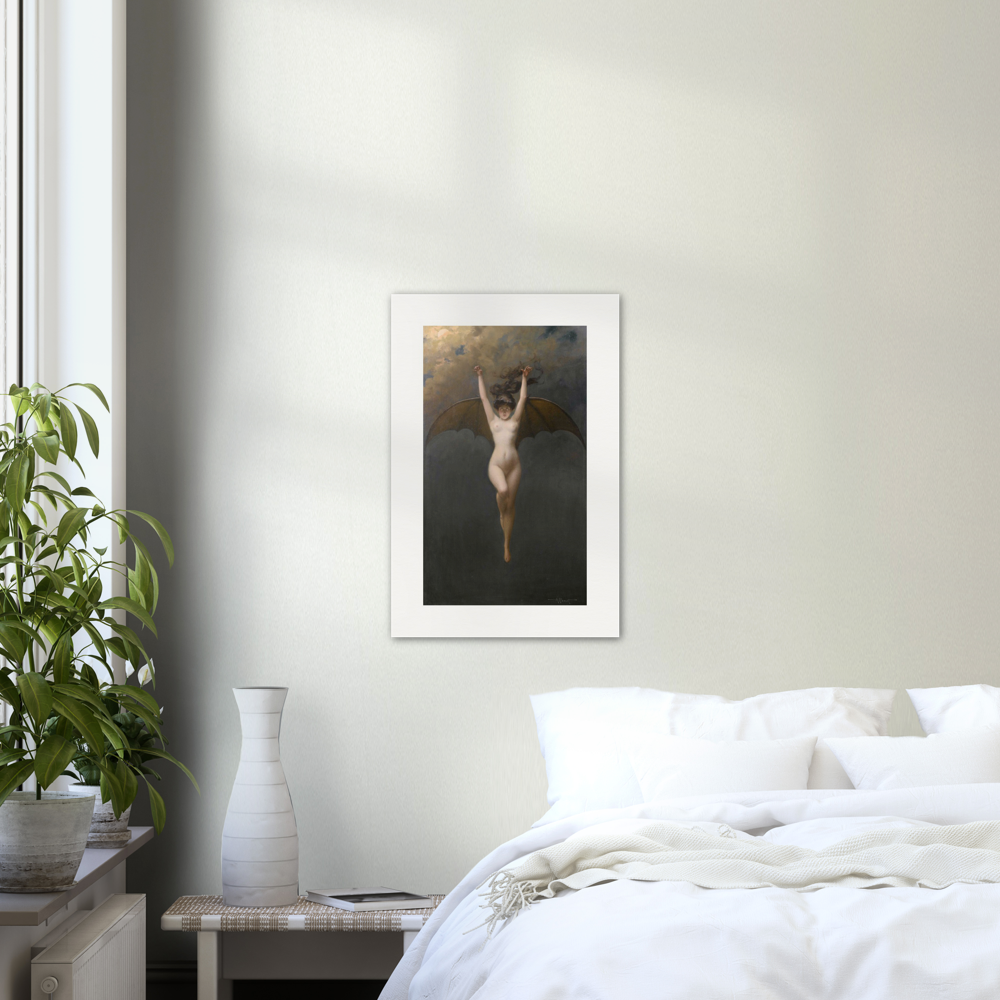
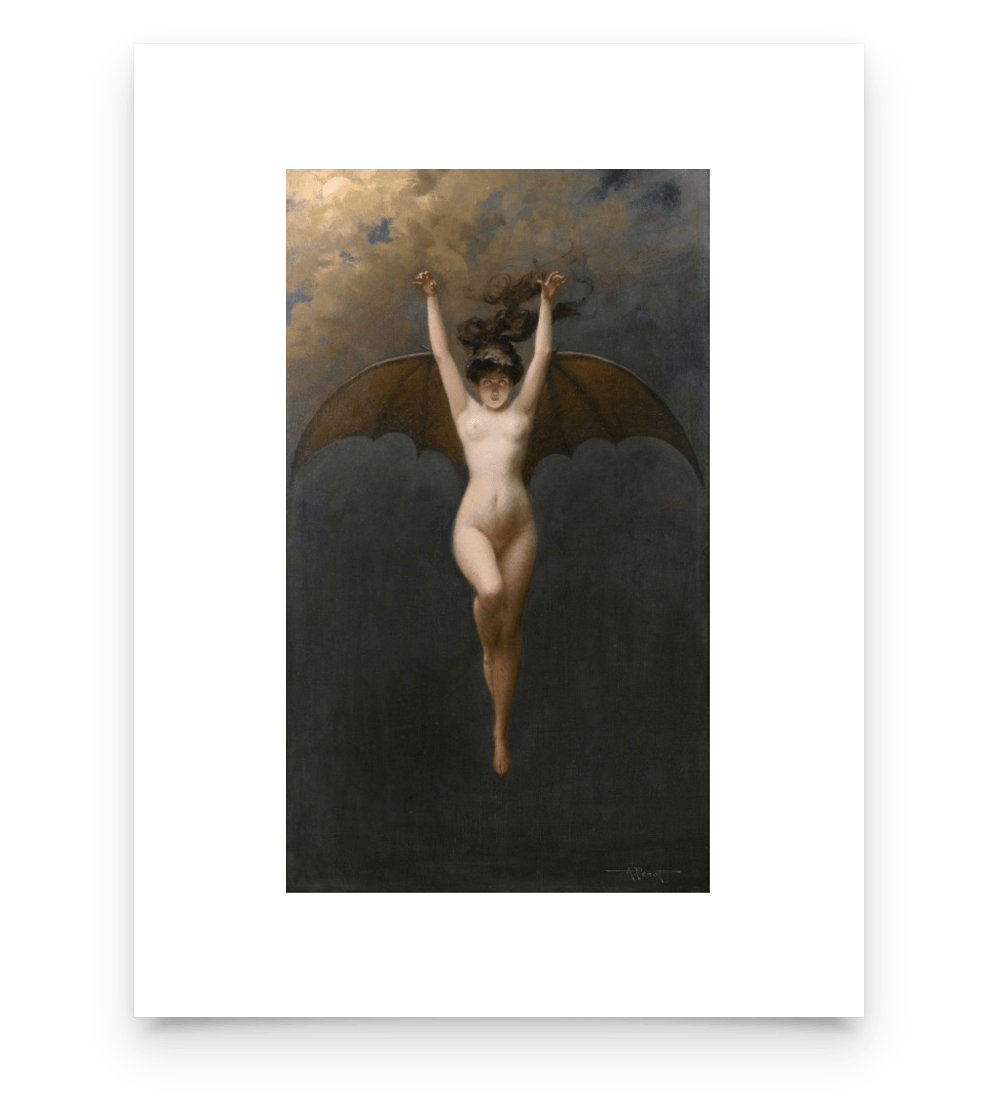
-
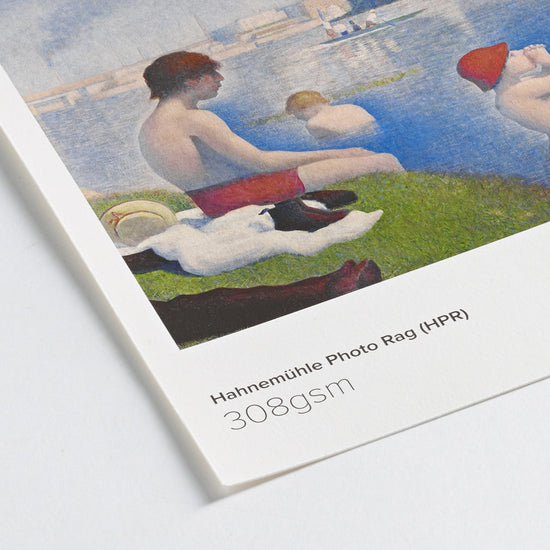
World-renowned Hahnemühle Paper
In college I worked in a print studio, and on jobs that required the best materials in the world, we used Hahnemühle paper. Hahnemühle has been making art papers in Germany since 1587, and their beautifully soft, sturdy papers are beloved around the world by print nerds like me. Obelisk's prints use Hahnemühle's 308gsm Photo Rag. It's a heavy, stable stock with a subtle tooth and velvety surface that reveals its 100% cotton composition without distracting from the image. It's vegan certified, archive-stable, and provides a perfect surface for Giclée printing.
-
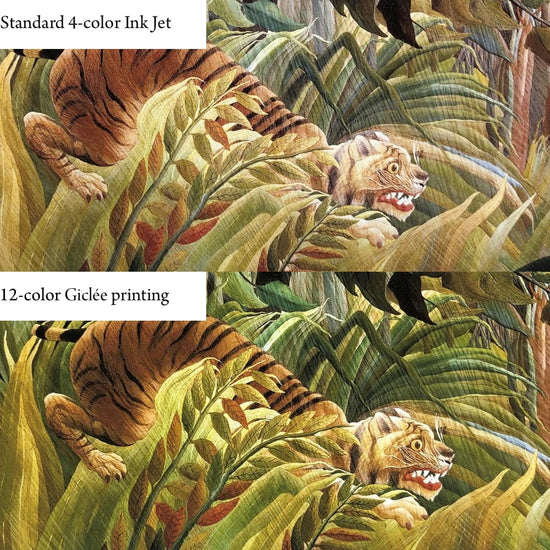
Vibrant 12-color Giclée Printing
To ensure the best possible reproduction, Obelisk uses Giclée printing (pronounced gee-klay), which uses pigment-based archival inks instead of standard dye-based inks, resulting in more vivid, fade-resistant colors and deeper blacks. Giclée printing also operates at a higher resolution than standard printing, so printed images are more detailed and gradients are smoother.
-
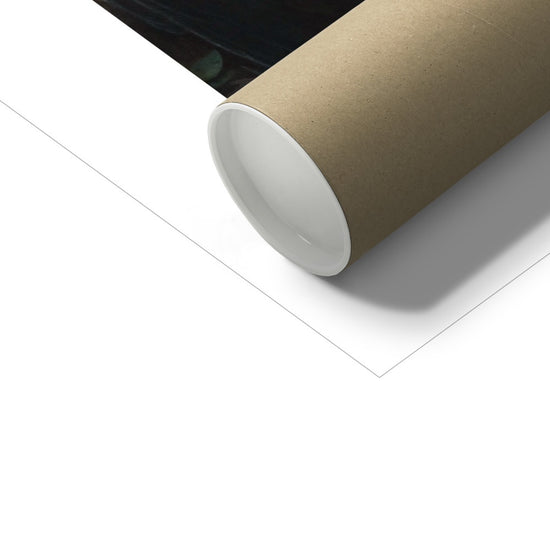
-
Secure Shipping
To ensure its safe arrival, prints are shipped in sturdy cardboard tubes with recycled plastic ends. You'll want to lay the print out on a flat surface ideally for a couple of says after arrival, to allow the paper fibers to relax and the print to flatten before mounting or hanging.




